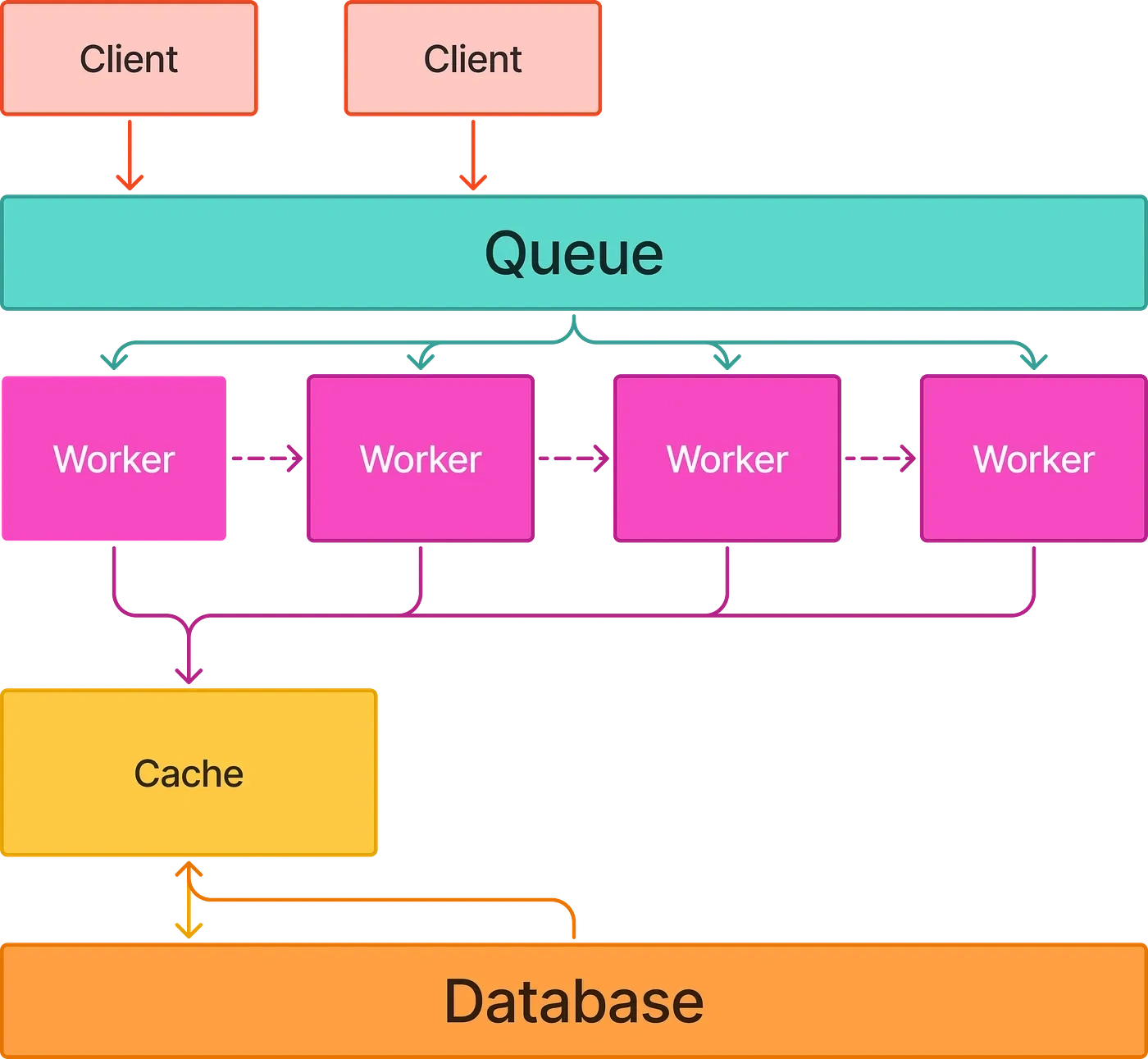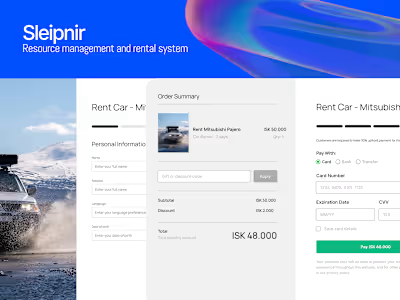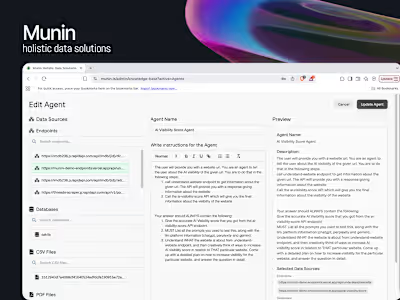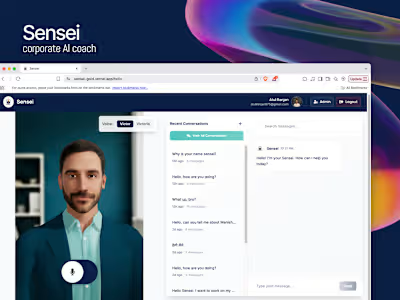Video Gen Automation Pipeline

Blonde Waterfall Video Automation Pipeline
Overview
The Blonde Waterfall Project is a multi-AI pipeline designed to automate the creation of viral video content through a sequence of AI-driven generation stages. Each stage performs a distinct creative or analytical task—such as script generation, voice synthesis, scene creation, and post-production—operating in parallel within a unified, scalable system.
The architecture emphasizes high concurrency, fault tolerance, and efficient orchestration of multiple asynchronous AI processes to handle numerous simultaneous video generation requests.
Core Objectives
Develop a modular, concurrent pipeline for multi-stage AI video generation.
Ensure scalability and reliability for handling high traffic and multiple requests.
Maintain a high standard of code quality, documentation, and testing.
Implement a secure and production-ready deployment environment.

Technical Architecture
Technical Architecture
The project is built on the Node.js platform with TypeScript, leveraging modern asynchronous patterns and event-driven design principles.
Key Components:
Worker-Queue Architecture:
The system employs a queue-based worker architecture where each AI generation stage is managed as an independent worker. Workers listen for specific events emitted during the process lifecycle and handle corresponding generation tasks.
Event Emitter Pattern:
The application uses a custom event emitter system to coordinate transitions between stages—allowing stages to trigger subsequent tasks asynchronously without blocking the pipeline.
Concurrency and Scaling:
Designed for concurrent execution, the system efficiently handles multiple user requests by running generation stages in parallel across multiple workers.
AWS Deployment:
The project is deployed on AWS, using containerized services to ensure horizontal scalability, monitoring, and seamless deployment.
Security and Reliability
Authentication and Authorization:
Secure access management implemented using robust authentication mechanisms to safeguard APIs and pipeline endpoints.
Rate Limiting:
Adaptive rate limiting strategies prevent abuse and ensure fair resource usage across users.
Error Handling and Recovery:
Built-in retry logic and event-based recovery enable resilience against transient failures in any AI generation stage.
Testing and Quality Assurance
Comprehensive Test Coverage:
The project includes extensive unit and integration tests across modules, ensuring correctness of AI stage orchestration and queue management.
Automated Test Suite:
Multiple test files validate concurrency behavior, API endpoints, authentication flow, and event-driven task transitions.
Continuous Integration:
Automated testing pipelines verify code integrity and maintain high reliability standards during deployment cycles.
Documentation and Maintainability
The codebase is well-documented, following TypeScript conventions and including:
Detailed inline documentation for all modules and classes.
Clear architectural diagrams and setup guides.
Comprehensive README covering API endpoints, environment configuration, and deployment steps.
Outcome
The Blonde Waterfall Project successfully demonstrates a robust, concurrent AI orchestration system capable of managing complex multi-stage generation tasks. Its scalable architecture, high-quality code standards, and AWS-based deployment make it a strong foundation for future extensions into AI-driven content automation at scale.
Like this project
Posted Oct 27, 2025
Automated real estate video creation—cutting production time from days to minutes with a fully AI-driven, end-to-end media generation pipeline.
Likes
0
Views
2
Timeline
Sep 29, 2025 - Oct 26, 2025








